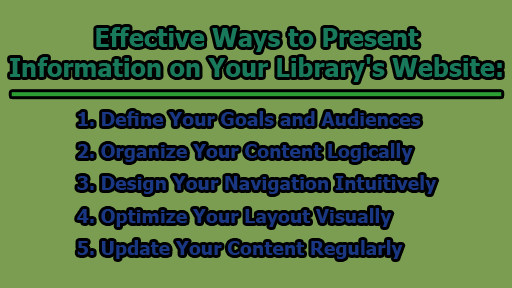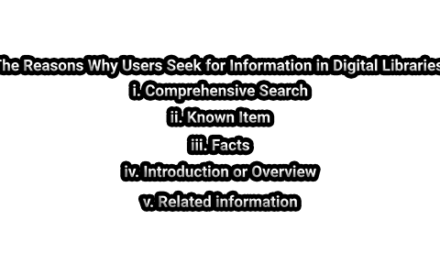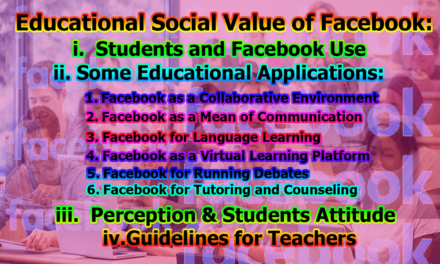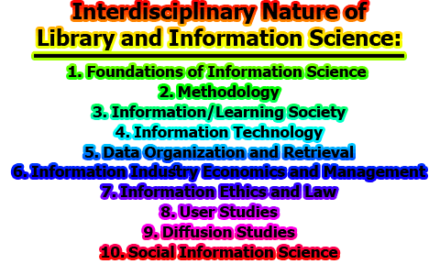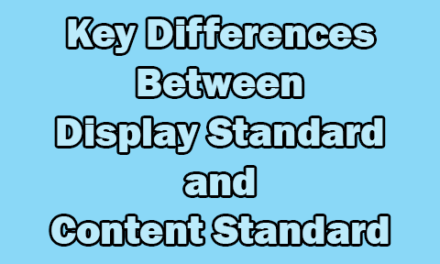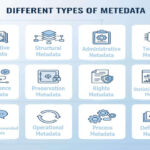Effective Ways to Present Information on Your Library’s Website:
In the digital age, a library’s website plays a crucial role in connecting with users, promoting services, and showcasing resources. To ensure your website is user-friendly, engaging, and informative, it’s essential to base your strategies on the principles of information architecture. This article explores some effective ways to present information on your library’s website, ultimately creating a user-centered, engaging, and informative online presence.
1. Define Your Goals and Audiences: Before embarking on a website design or update, it is imperative to define your goals and identify your target audience. Start by addressing fundamental questions: What are the main purposes of your website? Who are your primary and secondary users? What are their needs, preferences, and behaviors? By answering these questions, you can align your website with your library’s mission and values. Understanding your audience is the foundation upon which you build an effective website.
2. Organize Your Content Logically: Information architecture begins with structuring and labeling your content logically. Users should be able to find what they need effortlessly and understand how your website is organized. To achieve this, create meaningful categories, subcategories, and pages, all with clear and consistent labels that resonate with your users’ language and expectations. Employ tools like card sorting, tree testing, and site maps to create an intuitive content hierarchy that enhances the user’s experience.
3. Design Your Navigation Intuitively: The navigation system on your website is of paramount importance. You must provide multiple avenues for users to access content. Elements such as menus, search boxes, filters, breadcrumbs, and links should be well-designed and easily accessible. The navigation should be intuitive, consistent, and visible, ensuring users always know their current location, available options, and how to reach their desired destination. Wireframes, prototypes, and usability testing can assist in crafting a user-friendly navigation system.
4. Optimize Your Layout Visually: The visual design of your website profoundly affects user perception and interaction. It’s essential to use layout elements like colors, fonts, images, icons, and whitespace to create contrast, hierarchy, and harmony among your content. Additionally, employ responsive design techniques to guarantee that your website adapts seamlessly to different screen sizes and devices. Utilize tools such as style guides, mockups, and web analytics to optimize your website layout for aesthetics and accessibility.
5. Update Your Content Regularly: Information architecture is not a one-time endeavor but an ongoing process. Keeping your content fresh, relevant, and accurate is essential. To achieve this, implement tools such as content audits, editorial calendars, and web analytics. Regularly assess how users are interacting with your website, and identify areas for improvement. Solicit feedback from users and stakeholders and involve them in the design and evaluation of your website.
In conclusion, creating an effective library website is a multifaceted task. By following these strategies grounded in information architecture, you can develop a user-centered, engaging, and informative online presence for your library. Defining goals, organizing content logically, designing intuitive navigation, optimizing the layout visually, and regularly updating content are key steps in ensuring that your library’s website provides a seamless, valuable, and satisfying user experience. In doing so, you not only enhance your library’s digital presence but also foster stronger connections with your users.

Library Lecturer at Nurul Amin Degree College

